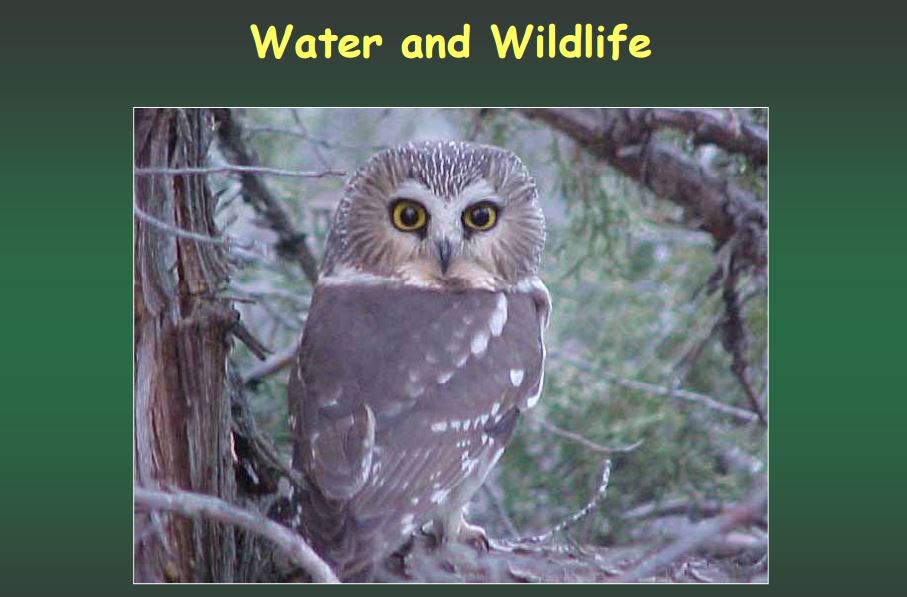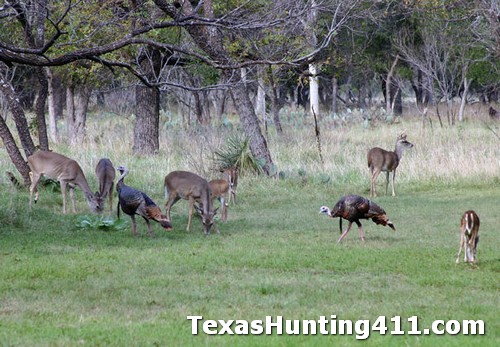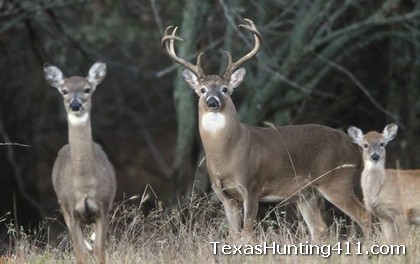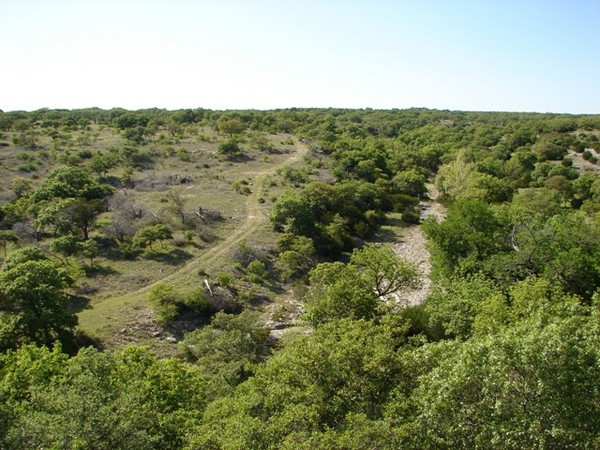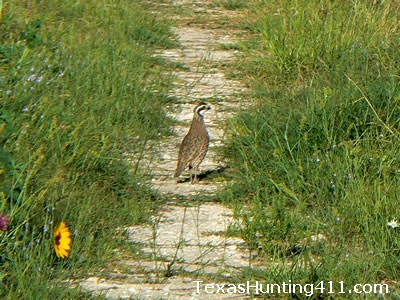Cedar trees are aggressive species that can overtake rangelands and woodlands. Cedar can be controlled, but which type of cedar trees are on your property? Learning how to identify and control cedar trees as well as other invasive woody species is important. Proper identification allows land managers to correctly control and/or suppress brush species on their property.
There are two major cedar tree species west of Interstate Highway 35, redberry cedar and blueberry cedar. As the names imply, blueberry cedar has blue berries and redberry cedar has red berries. In addition, redberrycedar has small specks of white wax on its leaves and twigs. Blueberry cedar is more common in central and south-central Texas, while redberry cedar is more common in west, west-central and north-central Texas. It is not uncommon for the two species to occur together in some parts of the state.
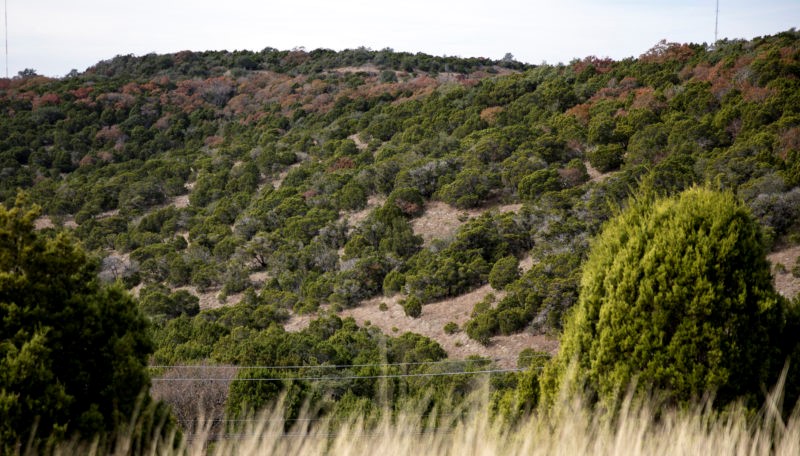
How to Control Cedar Trees: Annual Management
Unfortunately, controlling cedar trees on a property is not a one-time job. Livestock and wildlife spread the seeds easily, so you’ll need to check your land annually and treat unwanted seedlings. It is important to control cedar when young, as both seedlings and saplings. Controlling mature cedars requires heavy equipment or large quantities of herbicides and is usually very expensive. Cedar is not something you eradicate. Instead, it’s about managing cedar abundance.
Besides, cedar trees do have value. Some cedars grow in areas where other plants struggle. In addition, cedar trees provide thermal cover for associated plants and animals. Wildlife readily consume the berries. It’s not about totally removing cedar, but rather managing what you have on the landscape. Brush management means retaining cover where it’s needed and removing cedar where it’s not welcome.
Chemical (herbicide) treatments work best on cedar trees less than 3-feet tall. Mechanical treatment is required for larger, established trees. After reading this article and watching the enclosed cedar tree ID video, the hope is that you can successfully identify the cedar on your land and effectively manage it. This article will cover:
- Leaf spray using herbicide for cedar trees
- Spot spray with herbicide for cedar control
- Mechanical top removal for established cedar trees
How to Control Cedar Trees: Leaf Spray
The leaf spray method works best on blueberry and redberry cedars less than
3 feet tall. The best time to apply herbicide using the leaf spray method is during the spring and summer, when cedar trees are actively growing. Land managers will need a herbicide sprayer to control cedar trees using the leaf spray method.
There are a variety of spray rigs on the market. Small pump-up garden sprayers, backpack sprayers, cattle sprayers, or sprayers mounted on 4-wheel-drive all terrain vehicles (ATVs) work well for cedar control. Garden sprayers are best for treating a few plants, and backpack sprayers are usually more efficient for larger acreages or higher cedar densities.
ATV sprayers become more efficient on very large acreages or as the distance between plants increases. Most importantly, make sure your spray gun has an adjustable cone nozzle (X6 to X8 orifice size) capable of delivering a coarse spray (large droplets).
Land managers can achieve 76-100 percent root kill of small cedar by spraying with the herbicide Tordon 22K™. Prepare the spray mix as a 1% concentration of Tordon 22K™ in water. In addition, to ensure a thorough coating of the cedar leaves, add commercial surfactant or liquid dishwashing detergent to the spray mix. It’s also helpful to add a dye, such as Hi-Light Blue Dye™, to mark plants that have been sprayed. For best results, thoroughly wet all the leaves of each cedar plant to the point of runoff.
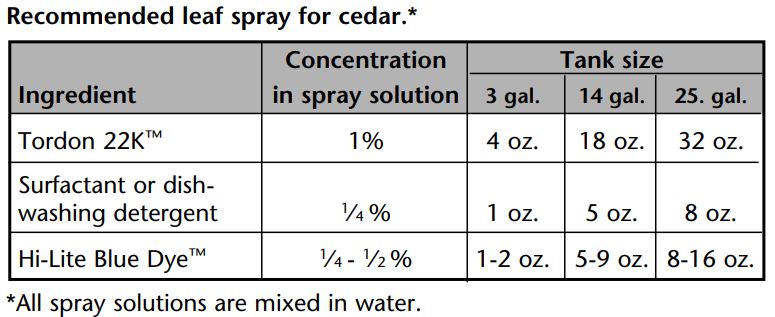
Spot Spray for Cedar Control
The soil spot spray method works on blueberry or redberry cedars less than 3 feet in height. Ideally, this application should be applied in late-winter to mid-spring just prior to expected rainfall. Soil spot sprays should be applied with an exact delivery handgun. This equipment is available from most herbicide retail outlets.
The handgun delivers a thin stream of predetermined volume when triggered. Adjust the handgun to deliver 2 ml (cc) for each pull of the trigger. If only a few plants are to be treated, a disposable syringe can be used. All spray equipment should be thoroughly cleaned immediately after use.
The recommended herbicide for soil spot spray cedar control method is Velpar L™. The herbicide is used undiluted, by attaching an exact delivery handgun or syringe to the herbicide container. Apply undiluted Velpar L™ to the soil surface midway between the cedar stem and the canopy edge.
Apply 2 ml for every 3 feet of plant height or every 3 feet of plant canopy diameter (whichever is greater). If plant size requires more than a single 2-ml application, space applications equally around the cedar tree. Apply each 2-ml dose to a single spot on the soil surface. On slopes, apply most of the herbicide on the uphill side of the stem.
How to Control Cedar Trees: Top Removal
The top removal method is very effective at controlling some cedar tree species. On blueberry cedar (Ashe juniper), remove the plant top at or near the ground line with a chain saw, pruner, axe, etc. Seedlings (plants less than 2 feet tall) can be killed easily by hand grubbing, but why bother when you can simply lopper them off at the ground. This is game over for blueberry juniper as they do no resprout.
The top removal method takes a little more work with redberry cedar. Redberry cedar resprouts when cut, so top removal will not effectively control plants that are over 8 to 10 years old. Redberry cedar plants less than 2 feet tall can be easily killed if they are grubbed below the basal “knob.” This know is located at or slightly beneath the soil surface.
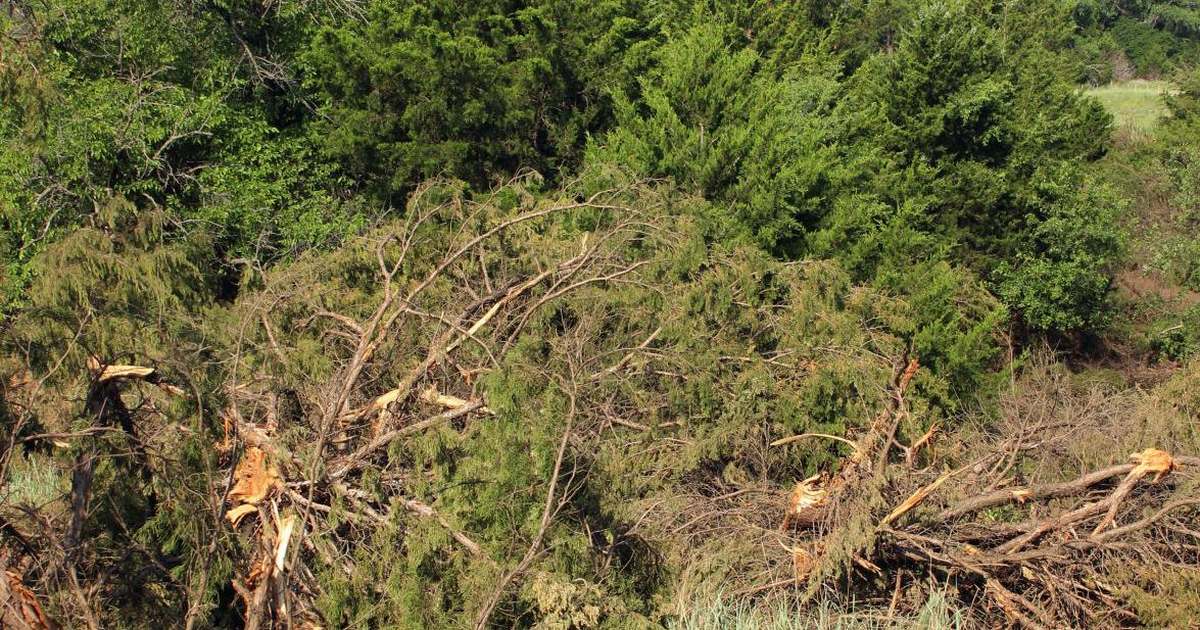
Controlling Cedar Trees in Texas
Brush now exist on more Texas rangeland than at anytime in recorded history. Much of this brush is cedar. Brush has long been considered one of the major management problems confronting land owners and managers in Texas. A dense stand of cedar or other brush reduces grass cover. Reduced grass cover results in loss of livestock production, increased soil erosion and inefficient use of rainfall. Dense cedar cover reduces grass and forb cover and results in reduce water captured within the land. This impacts other plants, the water table and springs.
For the most effective cedar and brush control, a management plan should be developed for the property. The plan must outline the purpose of brush management, what methods will be used where and when and what is the appropriate follow-up management, such grazing and maintenance brush control. The management plan should include wildlife goals in addition to land and livestock considerations.
The management plan must be consistent with the property objectives and be part of the overall property plan. An effective brush management plan will help meet long term objectives for the property. Selection of brush management methods is important. Methods should be selected on the basis of property objectives, resources available, expected response, economics and personal preference. Learning how to control cedar trees means more than just identification and treatment. Cedar management takes planning and commitment.

